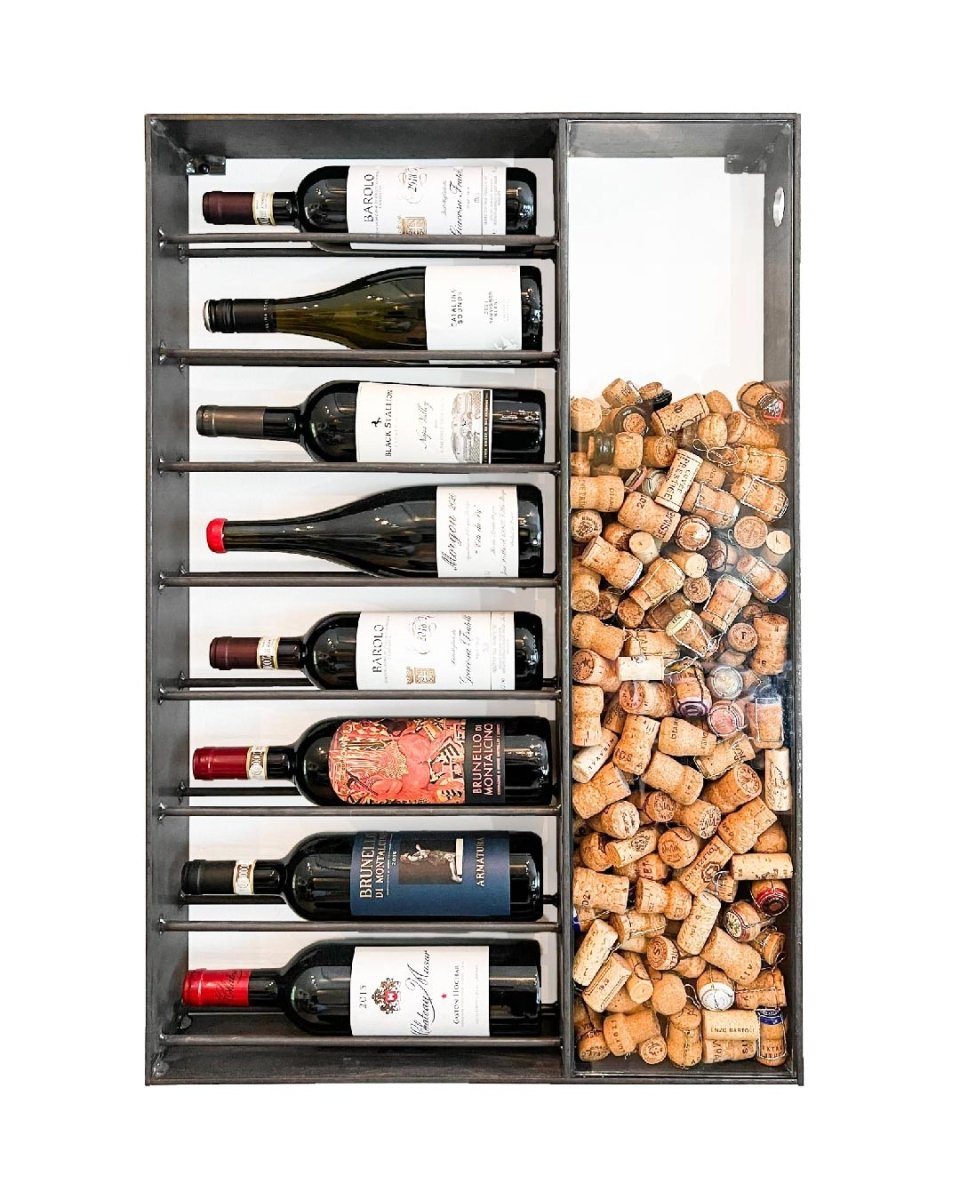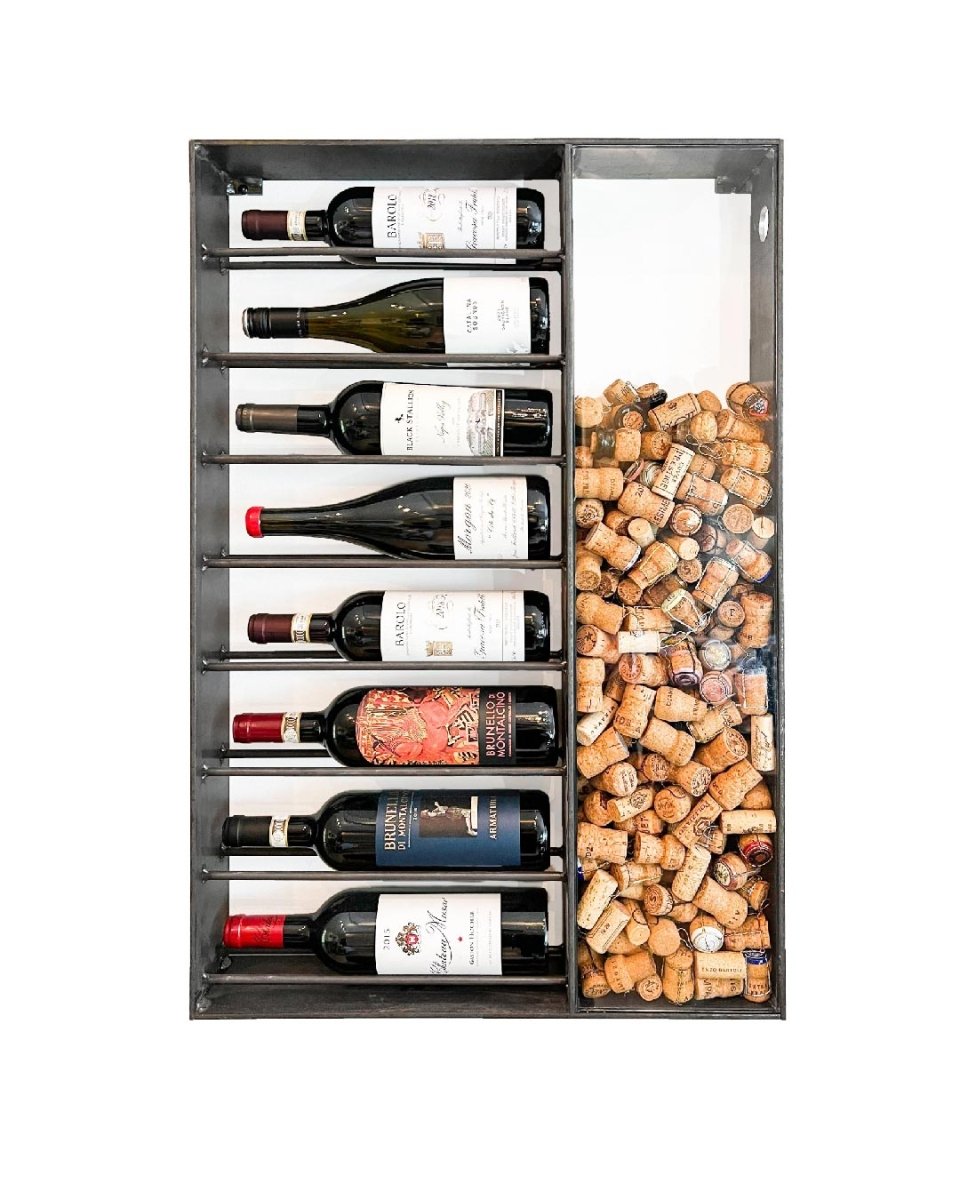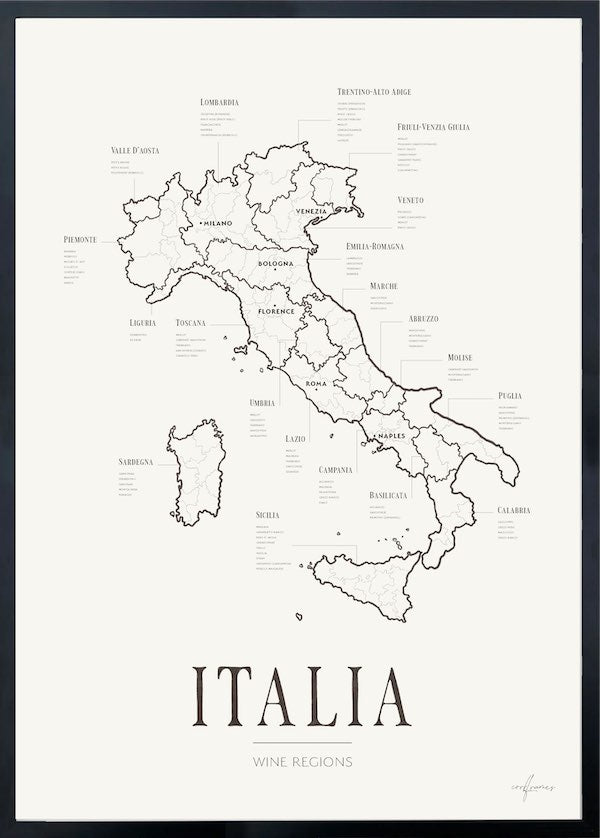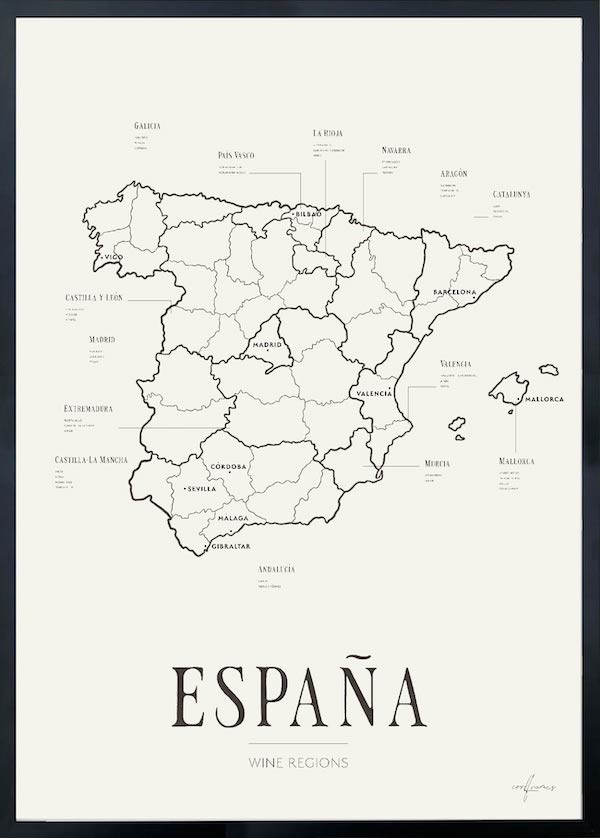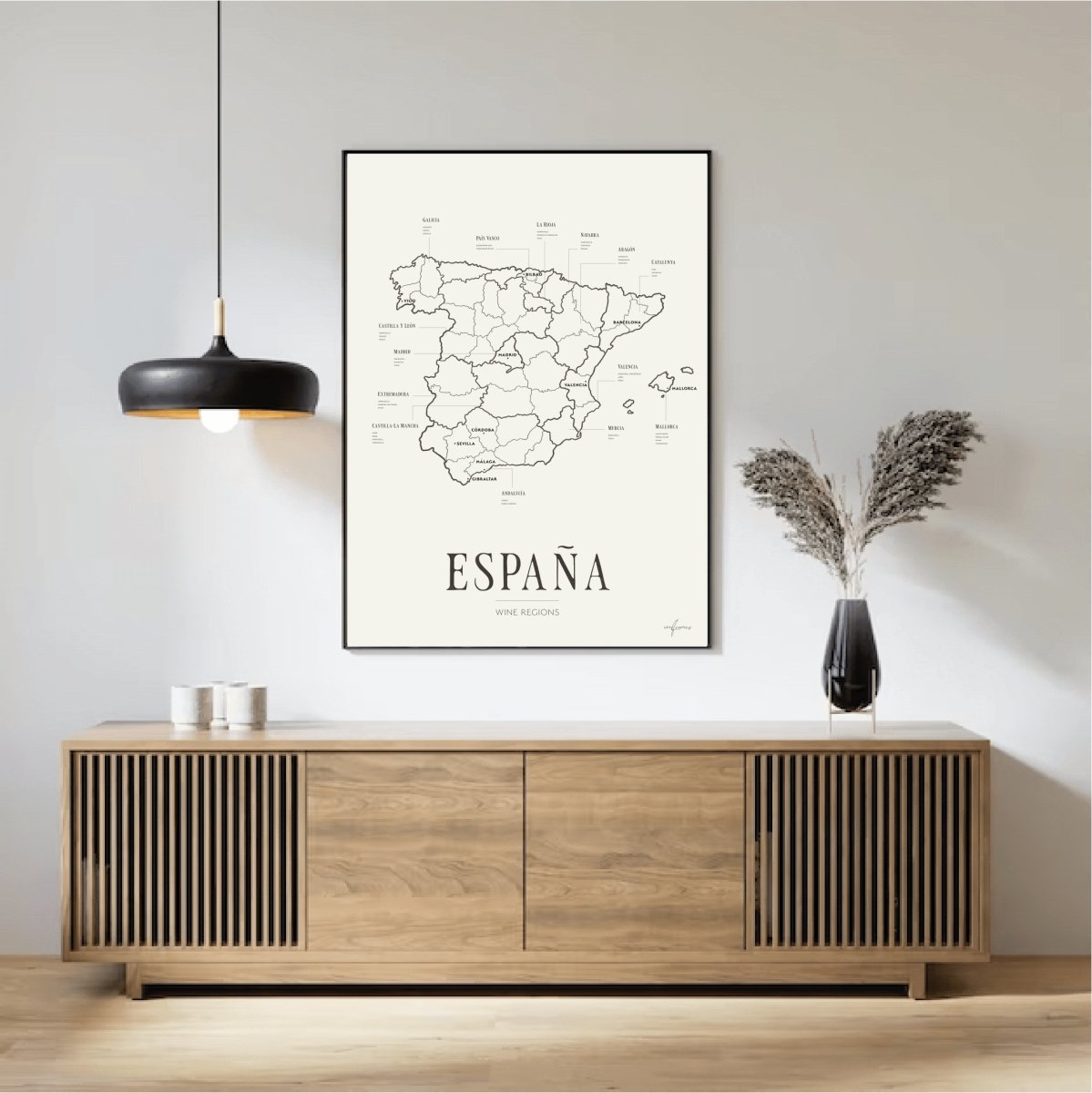Winter’s most nostalgic drinks bring warmth, sweetness, and tradition. Eggnog and äggtoddy share the same origin but have evolved into two distinct experiences – one a warm Nordic classic, the other a creamy festive drink from across the Atlantic.
Origin and History
When the temperature drops and darkness falls early, few drinks are as comforting as eggnog and äggtoddy.
Both are based on the same foundation – eggs, sugar, milk or cream, and often a splash of alcohol – yet their stories took different paths through history.
Äggtoddy, the Swedish version, has long been a simple and soothing winter drink. Made with egg yolk, sugar, and often rum, cognac, or whisky, sometimes with a touch of warm milk, it results in a silky, sweet cup often enjoyed by the fire or as a traditional remedy for colds.
Eggnog, on the other hand, traces its roots to medieval England and developed in North America during the 18th century, where it quickly became a beloved holiday tradition. It’s typically served cold and frothy – a mix of egg yolks and whites, milk, cream, sugar, and often rum or bourbon. Vanilla, nutmeg, and cinnamon add its distinctive holiday character.
Serving and Atmosphere
The key difference lies in the feeling they evoke:
Äggtoddy is warm, gentle, and minimalist – perfect for a quiet winter evening.
Eggnog is festive, rich, and celebratory – a centerpiece at Christmas parties across North America.
Despite their contrasts, both drinks share the same essence: a moment of stillness, comfort, and joy when winter is at its darkest.
Whether you prefer the Swedish äggtoddy in a steaming cup or the American eggnog served chilled with ice, both remind us of the beauty of slowing down and savoring the season. Two classics – one timeless tradition.













